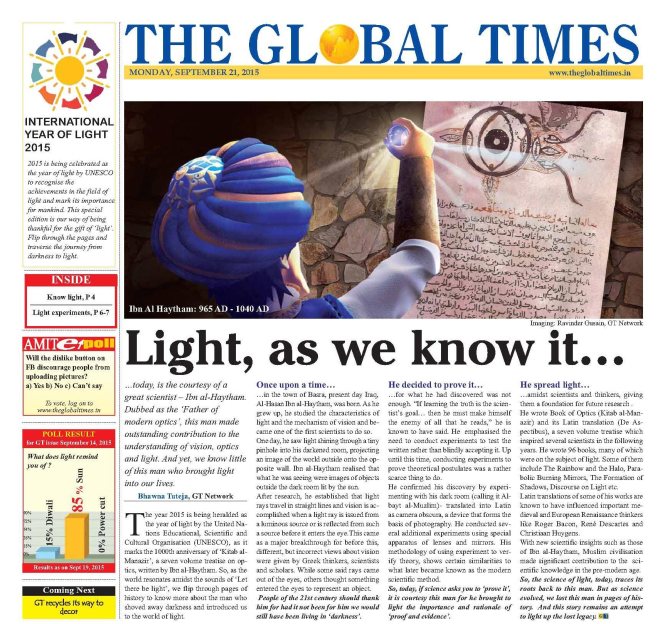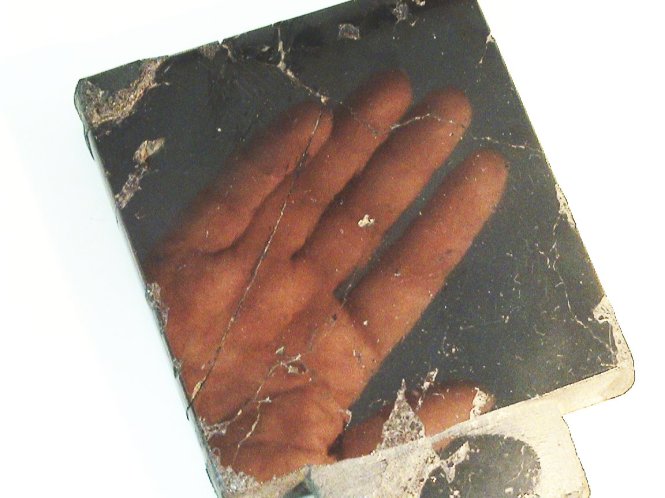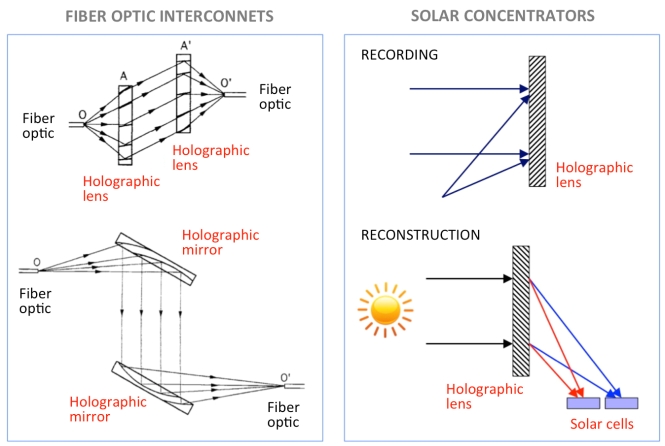Exactly one hundred years after Albert Einstein first predicted the existence of gravitational waves, the multinational research and collaboration of more than 1,000 scientists culminated this year in the stunning observation of the phenomenon. Such an inspiring breakthrough did not happen overnight; rather, it was reached through a century of observations, questions, ideas and trials, generated by the thousands of people who dedicated their professional lives to advancing the science along the way.

On September 14, 2015, the twin Laser Interferometer Gravitational-wave Observatory (LIGO) detectors, located in Livingston, Louisiana, and Hanford, Washington, USA both measures ripples in the fabric of spacetime – gravitational waves – arriving at the Earth from a cataclysmic event in the distant universe. Credit: https://www.ligo.caltech.edu/.




